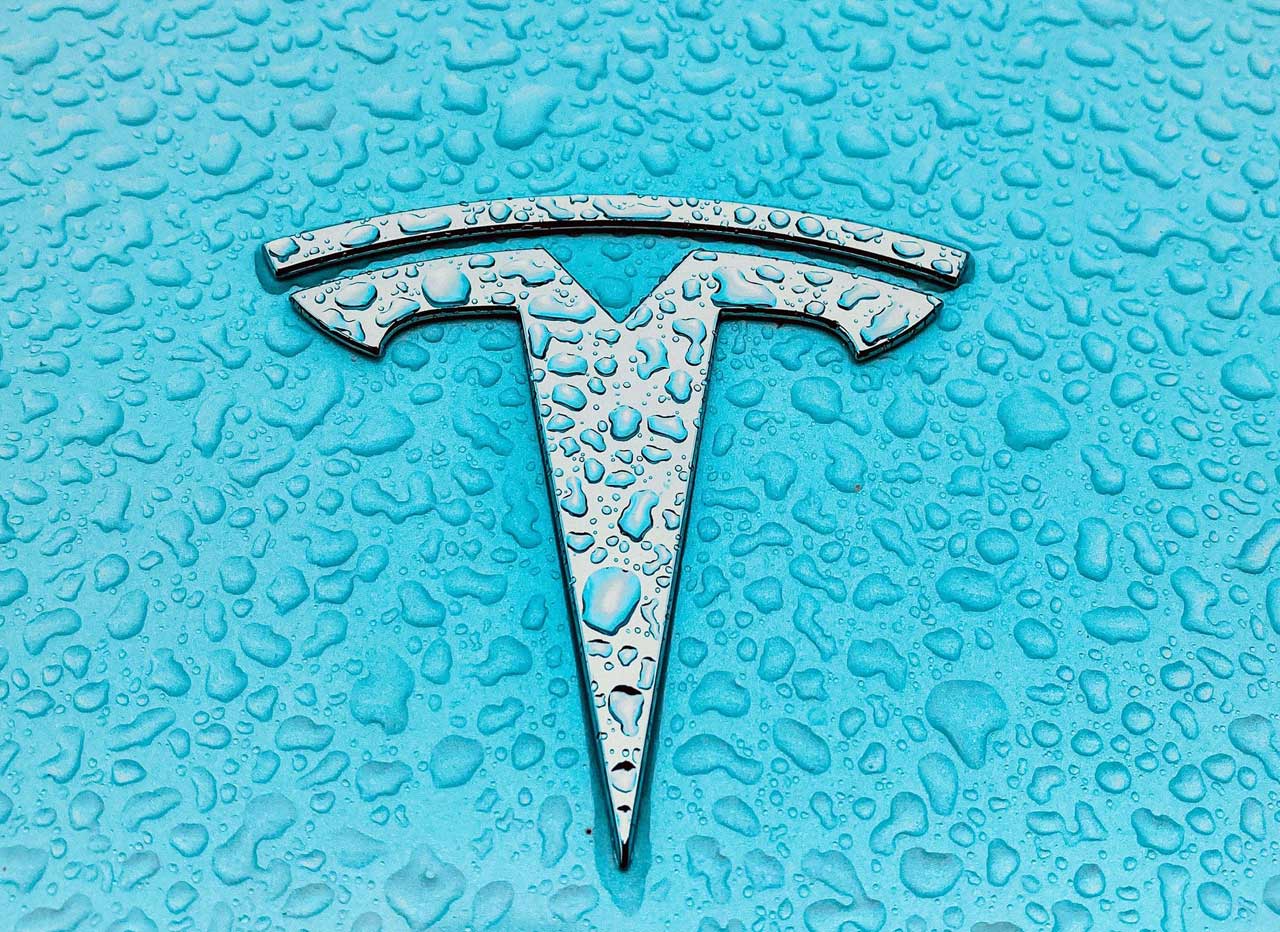_Redshift_
Member
Yea, radar, at a minimum, should have remained active for edge cases... ie front cameras blocked/blinded.
I've held off on updating. Likely will be forced into it in some future unrelated recall. Disabling radar should have been an opt in like it was when I bought the car and like it was for FSD Beta users without risk of voiding a warranty
Tesla needs to have a camera cleaning system. However, the main reason (I feel) Tesla is going with a cameras-only system is to avoid the expense of having multiple sensors, so I am not hopeful they will have one in the future.




